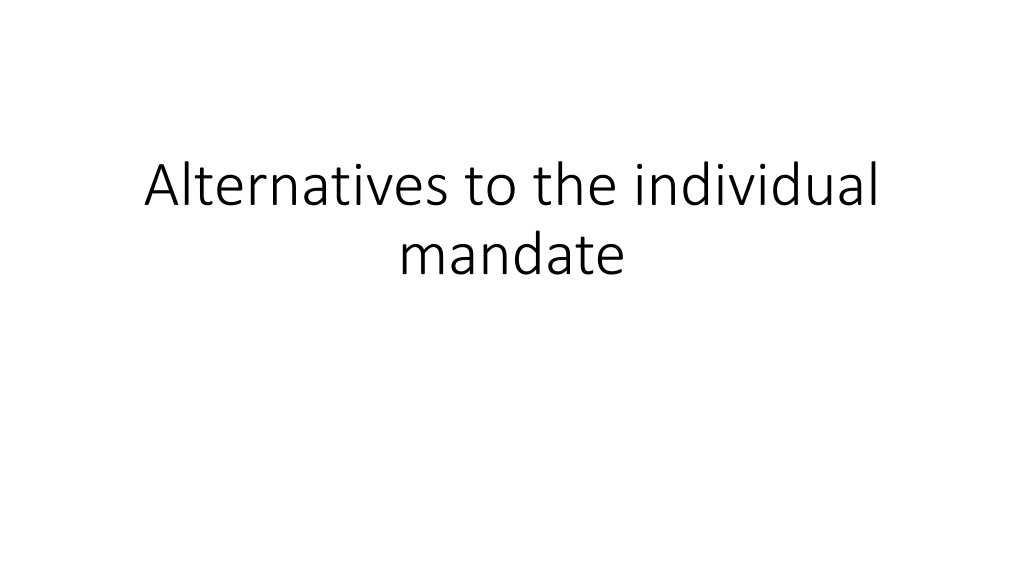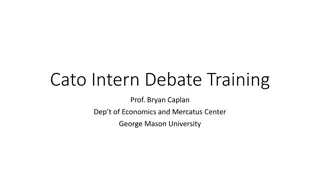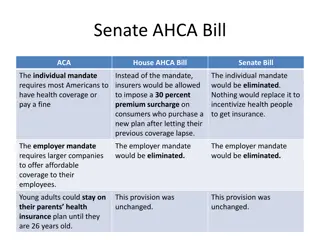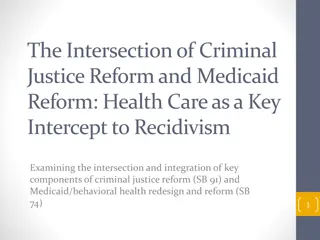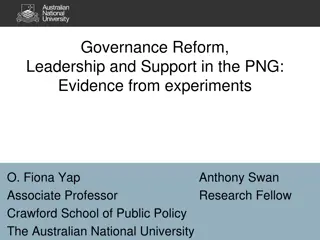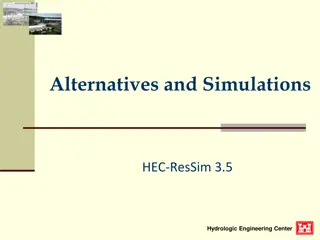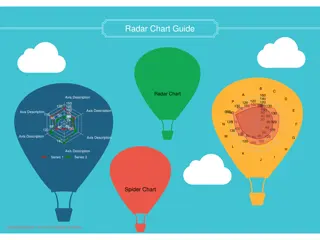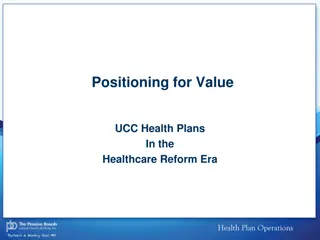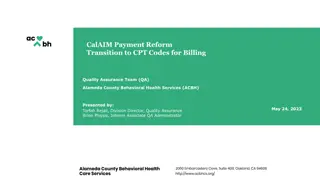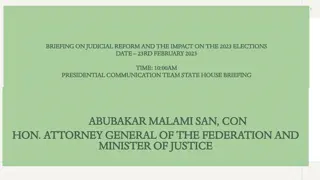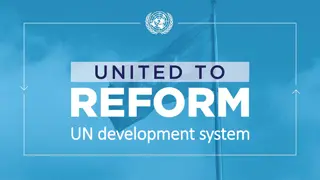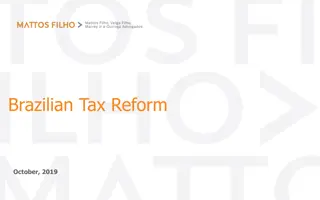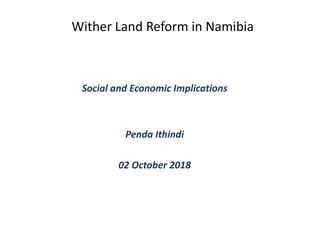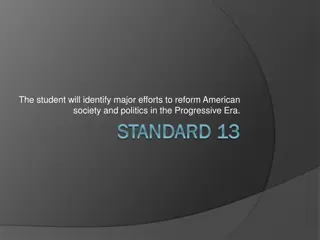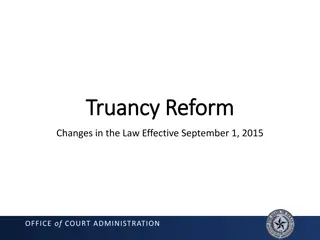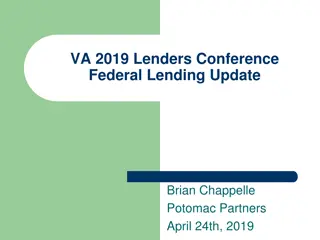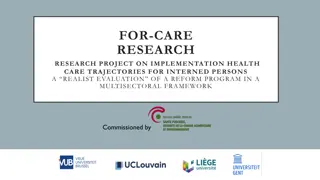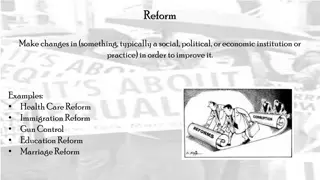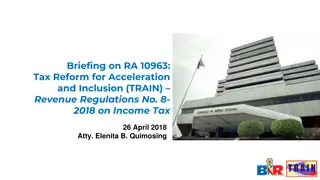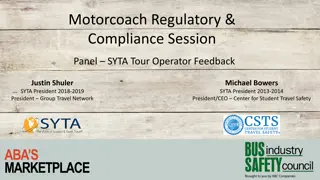Debating Alternatives to the Individual Mandate in Healthcare Reform
Recent bipartisan discussions have called for exploring alternatives to the individual mandate in healthcare, citing its unpopularity and criticisms of being coercive or ineffective. The industry supports the mandate but believes it should be better enforced. Studies suggest that eliminating the mandate could lead to higher costs, adverse selection, and fewer choices for the broader population. Estimates of the mandate's impact on coverage and premiums are debated, with concerns raised about overestimations by the CBO. Various proposals and criticisms shape the ongoing debate around the individual mandate's role in healthcare policy.
Download Presentation

Please find below an Image/Link to download the presentation.
The content on the website is provided AS IS for your information and personal use only. It may not be sold, licensed, or shared on other websites without obtaining consent from the author. Download presentation by click this link. If you encounter any issues during the download, it is possible that the publisher has removed the file from their server.
E N D
Presentation Transcript
Alternatives to the individual mandate
Recent bipartisan suggestions for insurance market reform include call for federal and/or state government to explore alternatives to the individual mandate Finally, the federal government should develop alternatives that allow states beginning in 2020 to potentially replace the ACA s mandate that most individuals buy coverage or face a penalty. The individual mandate plays an important role in keeping premiums low but is also unpopular with the American public. So even while this mandate is enforced, Congress should direct the administration to explore an option similar to oneused in Medicare automatically enrolling consumers in low- cost coverage and providing incentives to enroll on time." From <https://www.washingtonpost.com/opinions/five-bipartisan-steps-toward-stabilizing-our-health-care-system/2017/09/11/3ac0a5a8-94d4-11e7-aace- 04b862b2b3f3_story.html?utm_term=.0fe2fbf57a79>
Criticism is wide-ranging Too coercive touches nerves and offends core principles Too weak Actual enforcement practice under the ACA provide more of a muffled bark and a toothless bite. Tom Miller, AEI, Statement before House Committee on Ways and Means (01/24/17)
Industry supports mandate, but thinks it should be better enforced and larger AHIP testimony, House Committee on Ways and Means 01/2017 AHIP: any reforms that give healthy people incentives to delay purchasing coverage will lead to unintended consequences higher costs and fewer choices for the broader population. State studies of G.I. with no mandate CBO: premiums would rise 20-25% in absence of mandate Brookings: eliminating mandate would cause a substantial number of those currently with insurance, especially younger, heathier ones, to drop their insurance, leaving an even sicker pool in place and increasing premiums even further. American Academy of Actuaries: eliminating the ACA s individual mandate, premium subsidies or cost-sharing reductions would increase the likelihood for adverse selection, in which people who are most at risk of high health care costs would be the most likely to enroll, while many healthier individuals decide not to purchase coverage.
Estimates of mandates impact on coverage and premiums are contested CBO also has repeatedly overestimated the role of the individual mandate in delivering such gains. (Tom Miller) The CBO s love affair with the individual mandate is the reason why there s really nothing Republican senators can do to improve the CBO s coverage score of their bill. Avik Roy, Forbes, Feb 2017
Recent events have probably weakened mandate Executive Order IRS is still enforcing law, although did not begin to reject silent returns this year, as had been planned. Number paying fine expected to decline this year, as fewer fear penalty Brokers selling short term coverage have reported they no longer warn customers about mandate Consideration of alternative to mandate considered essential for serious bipartisan reform
What are some alternatives? Mandate-like other ways to impose costs for not being covered Waiting period Continuous Coverage requirement Late penalty Auto enrollment Opt-in (Part B) Workarounds: Other approaches to improve risk pool Reduce leakage Tighten SEPs Eliminate transition, short term plans Increase subsidies Merge with small group
Continuous coverage requirement Was proposed as part of AHCA Show proof of continuous coverage or pay increased premiums Late Penalty Medicare Part B Challenges: Incentives - once people have a gap in coverage, they may wait until sick Penalty goes to carrier Time frame very different in individual market Forever penalty difficult to enforce
Auto-enrollment Auto enrollment: Opt-in to Part B Opt-in: other applications 401k plan participation, etc.. Shown in a number of studies that changing default option makes a difference central insight from behavioral economics Bipartisan appeal D see it as a way to expand coverage R see it as less coercive way to increase take-up Sen. Cassidy etc, have supported
How to finance? Zero premium plans - Auto-enroll tax credit eligible into zero premium plans People can opt-out A default plan would be made available that had premiums=tax credits States could have smaller number of plans bid to provide default plans (like MMCO bids) (or like Basic Health Plan) Adjust deductible so that premiums equal tax credits Some pre-deductible coverage Currently cat plan @$2000 per year Under current subsidy structure, by 250 FPL would need to adjust deductible
Implementation Use IRS data Federal/state partnership - Require states to participate to get federal funding, federal funding would cover state admin costs Other data bases state DMV, car registration, tax collection, etc Randomize people into plans Notify, provide opportunity to opt out
Actuarial challenge finalists re: auto-enroll BE HIP PANOPTIC SIMPLIFIER Default plan National standard; like Medicare Advantage, leaner than current Catastrophic plan designed by states; more like Medicaid; Carriers bid to offer National standard, like Medicare Advantage Opt-in method Auto enrolled in lowest cost plan; penalty for opt-out is premium All who do not choose plan enrolled in catastrophic plan Those not enrolling charged premium Other plans State market for benefit riders State market for benefit riders All carriers must offer standard; can also offer enhanced plans Financing Premiums and cost- sharing adjusted by income Premium subsidies from federal block grants; also H.S.A.s Premium discounts financed through state sales tax Other Interstate sales ok State exchanges, merges small group, no self insurance Some public health preventive services covered w/o insurance; Medical ID Cost $54B to gov, reduced OOP $45B to gov, reduced OOP $26B to gov, reduced OOP
Target population About one third of remaining uninsured are eligible for individual market About 2/3 of these eligible for tax credits (half<200 FPL) @9 m Total, @6m subsidy eligible Only about 1/3 <200 FPL Zero premiums challenging to achieve Past enrollment of the eligible efforts Stock and flow in target pop Long term uninsured Transitional population Adminstrative challenges Not terminal coverage state, shorter window No strong administrative and payment data Non-filer issue
Many challenges Administratively complex Target population how many are really gettable ? Potential gain of auto enrollment may vary by state How widely available should default option be? Unclear how group market will respond What are broader market effects?
The coverage cliff Other approaches ? Other approaches ? Look elsewhere for enrollees Yield may be higher if: Merge with group market Close off sources of leakage Increase subsidies Adopt a longer run strategy Be more patient with mandate ? Seat belt law analogy Target particular cohort - young adults
